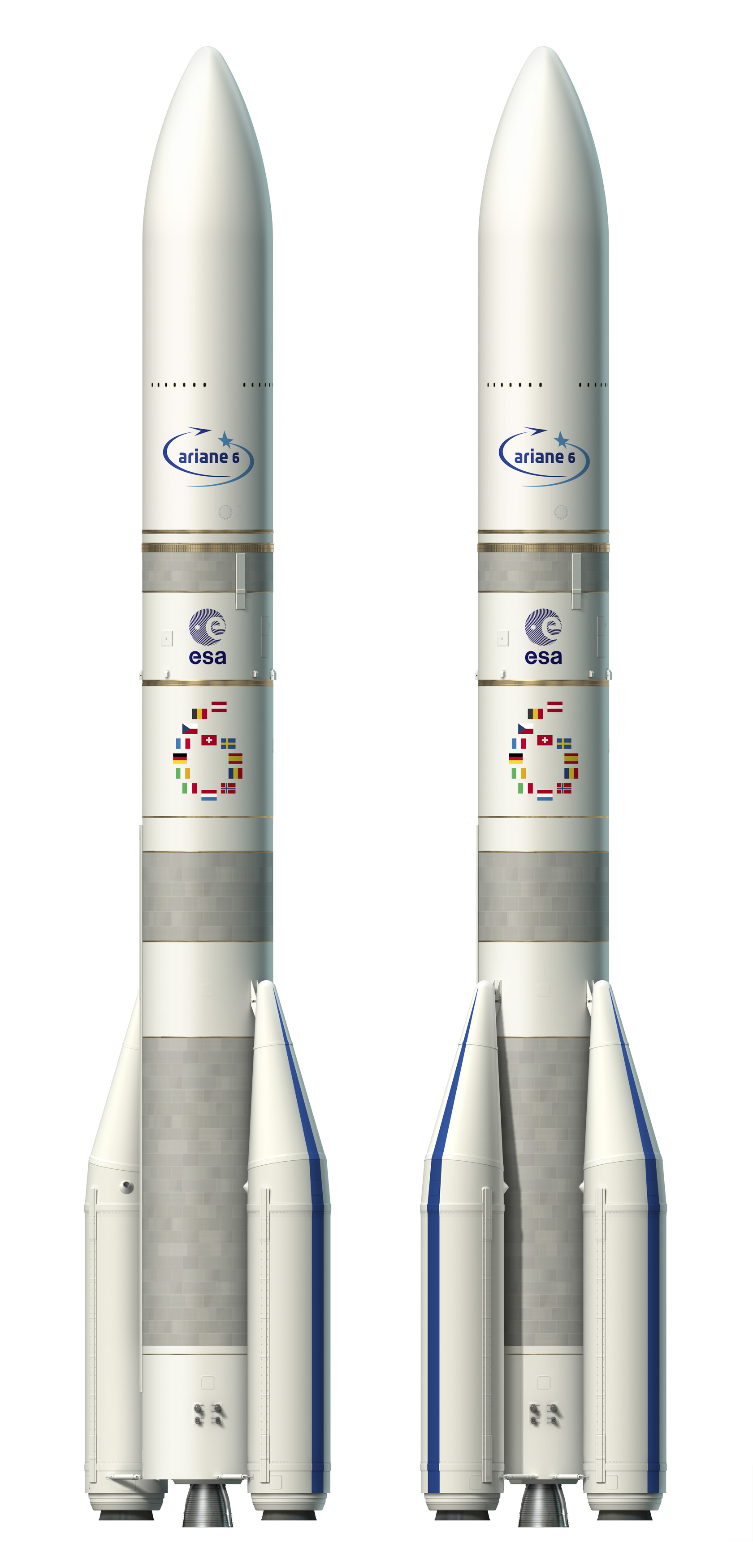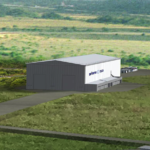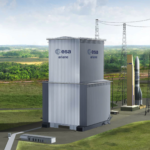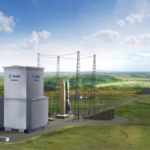ESA and European industry are currently developing a new-generation launcher: Ariane 6. This follows the decision taken at the ESA Council meeting at Ministerial level in December 2014, to maintain Europe’s leadership in the fast-changing commercial launch service market while responding to the needs of European institutional missions.
This move is associated with a change in the governance of the European launcher sector, based on a sharing of responsibility, cost and risk by ESA and industry.
The participating states are: Austria, Belgium, Czech Republic, France, Germany, Ireland, Italy, Netherlands, Norway, Romania, Spain, Sweden and Switzerland.
Ariane 6 objectives and main missions
The overarching aim of Ariane 6 is to provide guaranteed access to space for Europe at a competitive price without requiring public sector support for exploitation.
Different concepts have been examined for Ariane 6 such as single- and dual-payloads, solid or cryogenic propulsion for the main stage, and the number of stages (three or more), all to cover a wide range of missions:
- GEO, either directly or through intermediate orbits, in particular GTO and LEO,
- Polar/SSO,
- MEO or MTO,
- other.
The targeted payload performance of Ariane 6 is over 4.5 t for polar/Sun-synchronous orbit missions at 800 km altitude and the injection of two first-generation Galileo satellites. Ariane 6 can loft a payload mass of 4.5–10.5 tonnes in equivalent geostationary transfer orbit.
The exploitation cost of the Ariane 6 launch system is its key driver. Launch service costs will be halved, while maintaining reliability by reusing the trusted engines of Ariane 5. The first flight is scheduled for 2020.
Ariane 6 elements
Ariane 6 has a ‘PHH’ configuration, indicating the sequence of stages: a first stage using strap-on boosters based on solid propulsion (P) and a second and third stage using cryogenic liquid oxygen and hydrogen propulsion (H).
Ariane 6 provides a modular architecture using either two boosters (Ariane 62) or four boosters (Ariane 64), depending on the required performance. Two or four P120 solid-propellant boosters will be common with Vega-C, an evolution of the current Vega launcher.
The main stage containing liquid oxygen and hydrogen is based around the Vulcain 2 engine of Ariane 5.
The upper stage of Ariane 6 builds on developments for the Adapted Ariane 5 ME, and cryogenic propulsion using the Vinci engine. It will be restartable and have direct deorbiting features to mitigate space debris.
Flexibility is a design characteristic for A64 and A62. The launcher responds to different market needs by varying the number of boosters in the configuration.
The A62, with two P120 solid boosters, will be used mainly in single-launch configurations, while the A64 – with four P120 solids – will enable double launch of medium-class satellites over 4.5–5 t, mainly for commercial market needs.
The main characteristics of the Ariane 6 concept are:
- The total length of the vehicle is about 62 m,
- The cryogenic main stage holds about 150 t of propellants, the upper stage holds about 30 t,
- The external diameter of the cryogenic main stage and upper stages including the part that connects the fairing is about 5.4 m.
Ariane 6 way forward
ESA is overseeing procurement and the architecture of the overall launch system, industry is building the rocket with ArianeGroup as prime contractor and design authority. An industrial cooperation agreement has been signed between ArianeGroup and Avio for the P120C solid motor.
While ESA provides the launcher requirements for institutional missions, industry is responsible for identifying commercial market requirements, given its future responsibility in the commercial exploitation of the launch system.
Work underway includes maturating key technologies, two parallel test campaigns of the Vinci engine, beginning the procurement of infrastructure, tools and products. An industrial review of the preliminary design of the launcher was completed in June 2016.
The site of the launch pad at Europe’s Spaceport in Kourou, French Guiana has been chosen for which France’s CNES space agency is prime contractor.
The Ariane 6 launch complex, ELA-4, will cover a surface area of 170 hectares of which 18 hectares will be buildings areas. The site is located 17 km away from the town of Kourou and 4 km west from the Ariane 5 launch pad (ELA-3).
This location minimises the flight safety constraints linked to the vicinity of Kourou for launcher trajectories toward the East and North. Preliminary excavations were carried out by Eiffage, between summer 2015 and June 2016. The industrial contract covering the construction of the infrastructures for the ELA-4 facilities was signed at the beginning of July 2016, and work started immediately to build:
The Launcher Assembly Building (BAL), a structure 20 m tall, 112 m long and 41 m wide, located 1 km away from the launch zone. It is used for launch vehicle horizontal integration/preparation before rollout to the launch zone.
The mobile gantry – a 90 metre-high mobile metallic structure weighing 8200 tonnes when fully equipped, that rolls on rails equipped with platforms to access the appropriate launcher levels for integration on the launch pad. The gantry is moved away just before launch.
The launch pad with its two symmetric exhaust ducts, four lightning protection masts, and a water tower for deluge systems.
The industrial prime contractors, CNES and ArianeGroup, who are responsible for the launch base and launcher respectively, have jointly agreed on developing a common family of test and control systems that will be used in Europe and French Guiana during the build, verification, integration and launch of Ariane 6.
These systems will be based on standard products developed, integrated and delivered by a single provider to meet the needs of the launch base and the launcher system.
In October 2018, when the launch complex has been constructed, the validation phase will begin and is expected to be finalised mid-2019.
Following a programme review in September 2016, the Participating Member States decided on the continuation of the programme. The riders to the contracts awarded in August 2015 were signed on 9 November 2016, confirming the timely continuation of the preparation of Europe’s Ariane 6 and its launch complex.
By the first quarter of 2018, key decisions will be made on the exploitation of Ariane 6.
Complementary preparatory work to secure the mid- to long-term competitiveness of European launch systems beyond Ariane 6 is also being carried out, with a focus on the definition of demonstrator requirements and technologies.
The Ariane 6 User Manual is available for download below.





